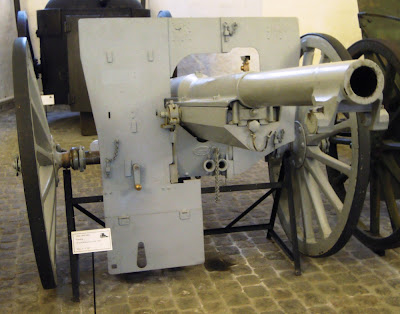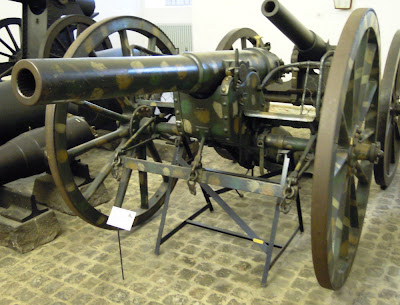Books formed the major element of my Christmas presents this year. One came from my old friend Tony Hawkins, who gave me a copy of VICTORIA'S SPYMASTERS: EMPIRE AND ESPIONAGE by Stephen Wade (Published in 2009 by The History Press [ISBN 978 0 7524 4535 9]).
I am a great lover of the history of late nineteenth century espionage, and this book covers both the main British exponents of the craft as well as their exploits and operations.
My second book was a present from one of my neighbours, and it is entitled REQUIEM FOR SHERLOCK HOLMES. This contains a novella and four short stories, all written by Paul Stuart Hayes and published in 2012 by
Hidden Tiger Books (ISBN 978 1 4717 8975 5).
The author is my neighbour's son and an ex-student of mine. We have a shared interest in Sherlock Holmes, and this is the second book in which he has been involved, the first being a compilation of the texts of the Sherlock Holmes plays that were written and performed between 1899 and 1921. The book is entitled THE THEATRICAL SHERLOCK HOLMES and it contains the following:
- Sherlock Holmes – A Drama In Four Acts (1899) by William Gillette and Sir Arthur Conan Doyle
- The Painful Predicament Of Sherlock Holmes (1905) by William Gillette
- The Speckled Band (1910) by Sir Arthur Conan Doyle
- The Crown Diamond (1921) by Sir Arthur Conan Doyle
(Paul has a brother – Alan – who is also a writer and ex-pupil of mine. His area of interest is Doctor Who, and he has recently published called FURY FROM THE DEEP: A RELIC OF THE OLD TIME. This is a collection of four issues of a Doctor Who fanzine that he wrote in 1979-80 as well as copies of letters from the cast and crew of the contemporary Doctor Who series.)
The third book, WHEN I WERE A MEERKAT, was given to me by my wife. It is a collection of faked photographs – with humorous captions – that show the life of meerkats in early twentieth century Britain.
It was compiled by Andrew Davies and published in 2011 by Portico Books (ISBN 978 1 907554 54 4).
(I first saw meerkats in Jersey Zoo, and found them absolutely fascinating to watch. As a result, when the spoof advertising campaign by
Comparethemarket.com that featured
Alexandr Orlov of
Comparethemeerkat.com and
Meerkova was run on TV, I was hooked ... and have been ever since.)
My final book was an e-book, THE SECRET HISTORY OF COSTAGUANA by Juan Gabriel Vásquez (Published in paperback in 2011 by Bloomsbury Paperbacks [ISBN 978 1 4088 0987 7]).
This is a particularly intriguing book because it is a fictional story about the writing of a book of fiction ...
Joseph Conrad's
NOSTROMO. Juan Gabriel Vásquez tells the story of José Altamirano, a Colombian who tells his life story to
Joseph Conrad at a time when the latter is struggling to come up with the plot of his next novel.
Conrad then uses Altamirano's story as the basis of his new book ... but omits Altamirano in any shape or form from the story.
At present I am only about a quarter of the way through the book, but I am enjoying it tremendously.
NOSTROMO is one of my favourite books ... and I suspect that because of that my enjoyment of THE SECRET HISTORY OF COSTAGUANA will be all the greater.
An interesting and eclectic collection of books, all of which I am looking forward to reading over the next few weeks.





































































































.jpeg)
















